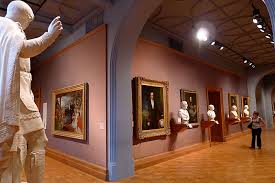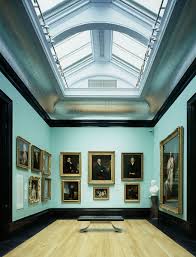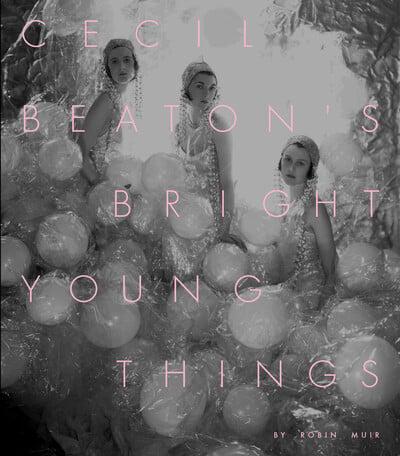
The National Portrait Gallery is an art gallery in London housing a collection of portraits of historically important and famous British people. It was the worlds first portrait gallery and the gallery holds the most extensive collection of portraits in the world.
"Founded in 1856, the aim of the National Portrait Gallery, London is ‘to promote through the medium of portraits the appreciation and understanding of the men and women who have made and are making British history and culture, and ... to promote the appreciation and understanding of portraiture in all media’."
I shall share with you some of my favourite art pieces held at the gallery, starting with Ellen Terry in 'Choosing' by George Frederic Watts.

"This delicate yet sensuous portrait shows the seventeen-year-old Ellen Terry choosing between the camellias, which despite their luscious appearance have little scent, and the violets in her hand which are far humbler in appearance but smell sweeter. The choice, which is symbolic of that between worldly vanities and higher virtues, had a personal significance for the artist and the sitter."
Tucked away in a corner is a painting of one of my favourite poets that I almost managed to miss, Rupert Brooke by Clara Ewald.

"The young Rupert Brooke, handsome, well-bred and full of promise as a poet, sat for the German artist Clara Ewald when he was staying in Munich in spring 1911. He was not enjoying himself and missed Cambridge terribly; but fortunately he had an introduction to Ewald and made friends with her son Paul, who was studying physics at Munich University. According to Paul Ewald, 'He would come in for tea and often stay for supper. My impression was that he found it very difficult to adapt himself to Germany and that in his thoughts he lived more in Cambridge than in Munich. This he expresses himself in his letters. So, partly perhaps to cheer him up, my mother painted him'.
Most of the people who had known Rupert Brooke reckoned that the result was not a very good likeness - indeed, a later version, which was presented to King's College, Cambridge, caused a great deal of controversy, not least because it was regarded by some of the dons as too effeminate. It has however become one of the images by which he is now well known, including the hat, which he borrowed for the occasion from the artist's son."

On my first visit there, the painting that stood out most in my memory was of Elizabeth I, known as 'The Coronation Portrait'. My companion of the day said "I am standing here in front of a painting that she would have stood in front of and perhaps given her approval. It nourishes my soul...."

"This painting is known as 'The Coronation Portrait', and shows the Queen crowned, wearing the cloth of gold that she wore at her coronation on 15 January 1559, previously worn by Mary I. She holds the orb and sceptre, symbols of her authority. The portrait appears to have been painted in about 1600, and is probably a copy of a lost original from circa 1559."
I can't quite remember if this one is on show or not but it is held in their collection, Gainsborough Dupont by Thomas Gainsborough.

"Painter and engraver, Gainsborough Dupont was the nephew and assistant of Thomas Gainsborough. He made copies of his master's work and also completed several of his prints at his death. Dupont's best-known works are his portraits of actors, but he also produced successful landscapes."
On the 12th March 2020 the National Portrait Gallery opened a major new exhibition that explores the extravagant world of the glamorous and stylish ‘Bright Young Things’ of the twenties and thirties, seen through the eye of renowned British photographer Cecil Beaton.
The Exhibition has now been temporarily closed so I went on a hunt to find a substitute and found the first ever photography exhibition held by the National Portrait Gallery, Cecil Beaton 1968.
Last but not least, below is a link to the Virtual Gallery rooms where you can immerse yourself online using your computer, laptop or mobile and explore a selection of rooms at the National Portrait Gallery, London.
Reading Recommendations & Content Considerations
by by
Robin Muir Roy Strong



















































Comments